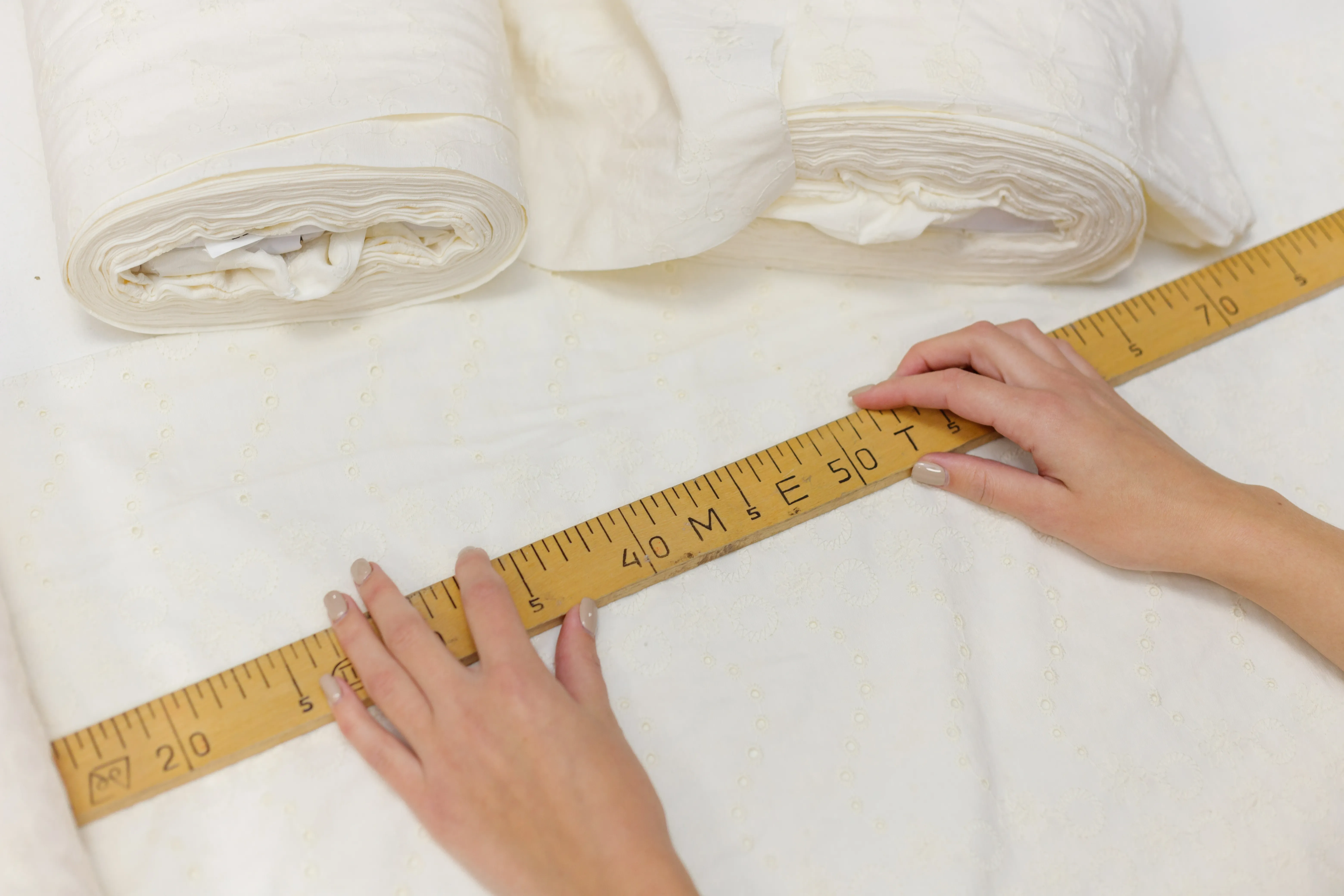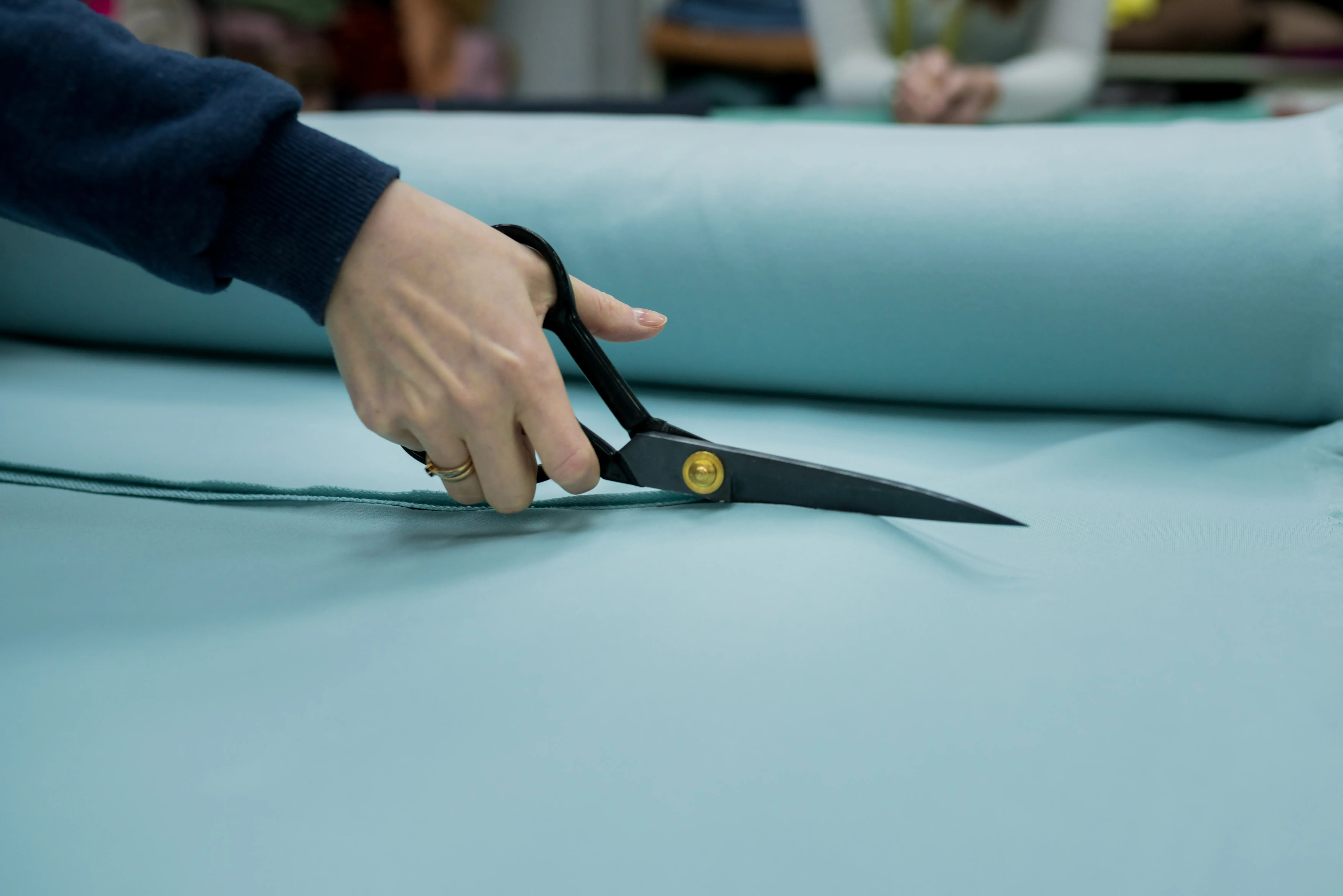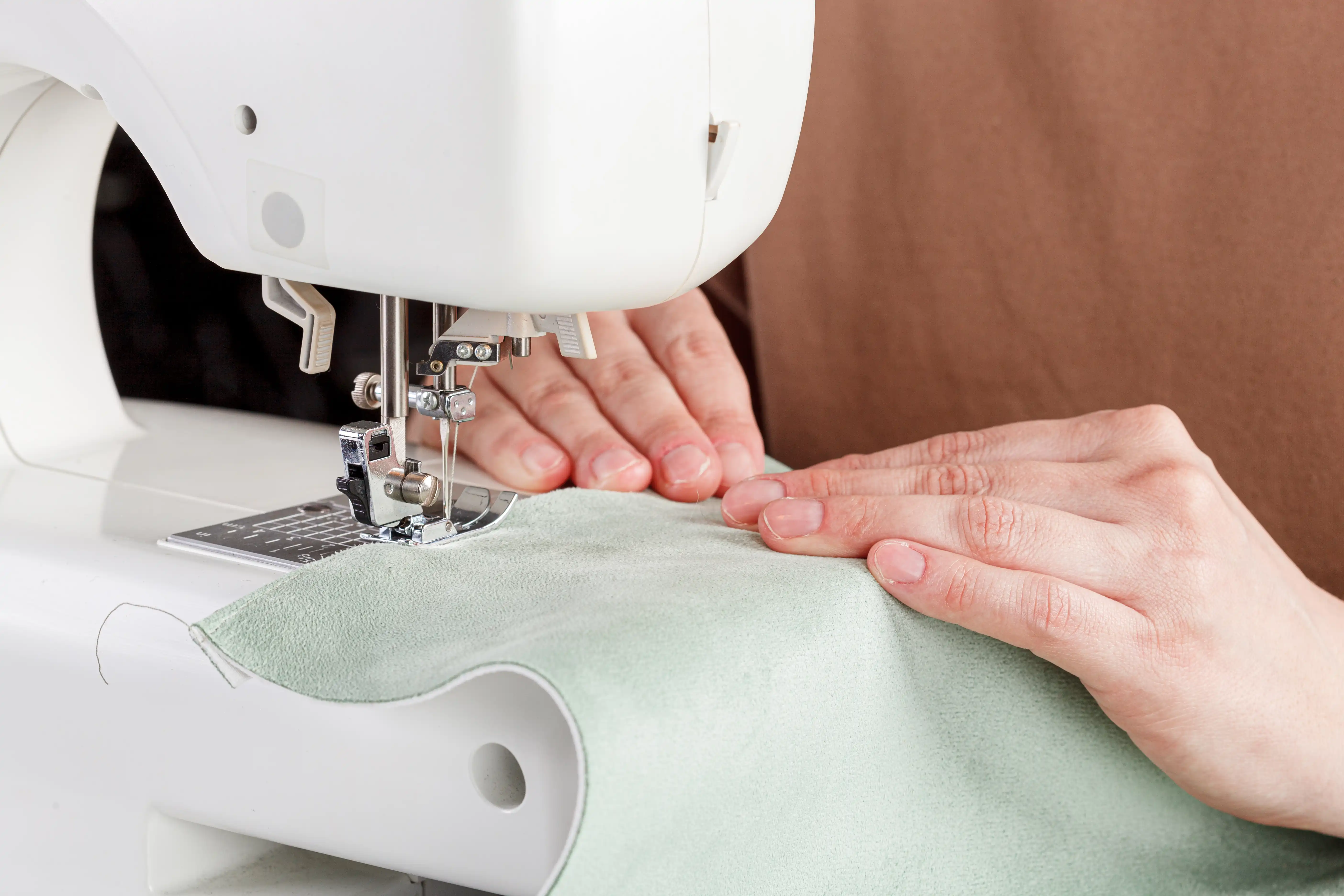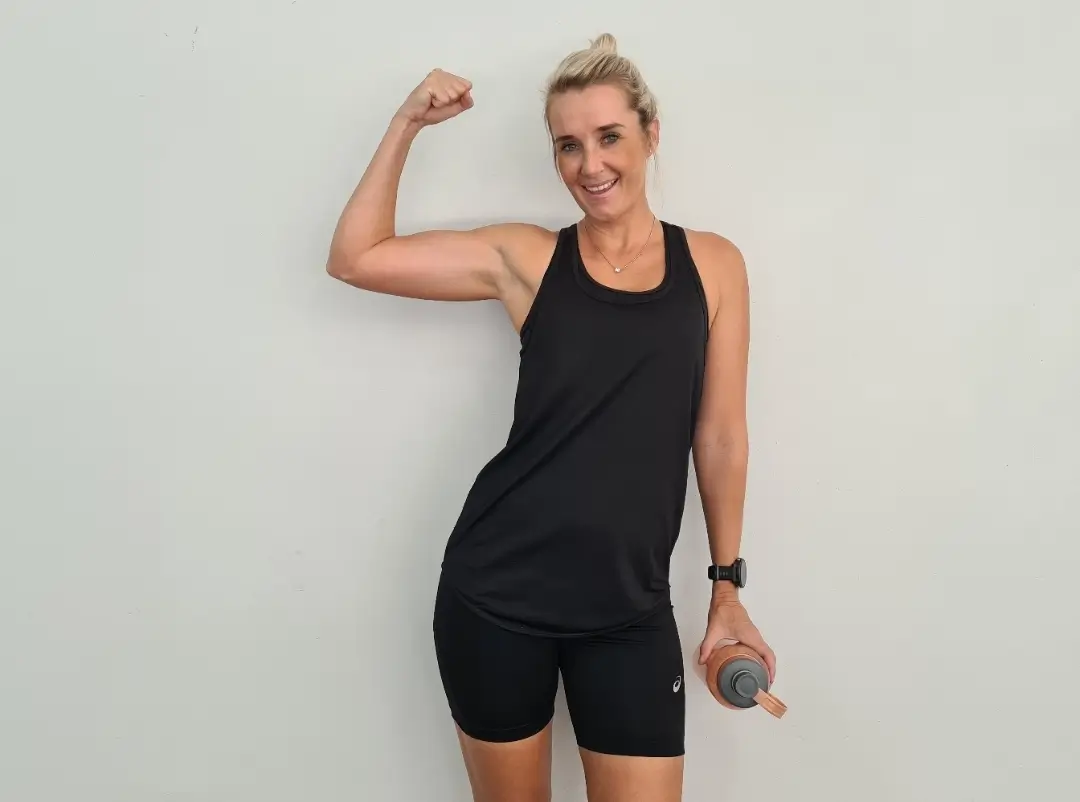Transforming your bedroom can be as simple as updating your bedding. Whether you're looking to match a unique decor style, save money, or enjoy a creative project, making a duvet cover from scratch is a rewarding and surprisingly approachable endeavor.
In this article, we'll guide you through everything you need to know, from selecting the right materials to stitching the final seam, so you can craft a duvet cover that's both beautiful and functional.
Why Make a DIY Duvet Cover?
Choosing your duvet cover is a fun and rewarding project that offers both creative expression and practical benefits. Here’s why you might want to give it a try:
- Customization: Choose your favorite fabrics, colors, and patterns to perfectly match your room decor.
- Cost Savings: Making a duvet cover can be much cheaper than buying a high-quality one.
- Quality Control: You decide the fabric quality and construction, ensuring durability and comfort.
- Sustainability: Repurpose old sheets or fabric remnants to create something beautiful and eco-friendly.
- Skill Building: It’s a wonderful way to improve your sewing skills with a manageable project.
Materials Needed for DIY Duvet Covers
Before diving into the creative process, it's essential to gather all the necessary materials. A well-prepared list ensures a smooth crafting experience, minimizing interruptions. Here's what you'll need:
Fabric
The amount of fabric you'll need depends on the size of your bed. Here's a general guide:
- Twin: About 5–6 yards
- Full/Double: About 6–7 yards
- Queen: About 7–8 yards
- King: About 8–9 yards
Choose soft, breathable fabrics like cotton or linen for comfort, especially since duvet covers are in close contact with your skin. Prioritize durability with tightly woven materials that can handle frequent washing. For aesthetics, pick colors and patterns that match your style, keeping in mind how the fabric’s appearance may evolve.
Thread
Choose a high-quality, all-purpose thread that matches or complements your fabric colors. Polyester thread works well for most fabrics and is strong enough for frequent use.
Sewing Machine
A basic sewing machine is all you need—nothing fancy required. Make sure it can handle straight and zigzag stitches and that you have a fresh needle (preferably a universal needle size 80/12).
Measuring Tape
Accurate measurements are crucial for a snug fit. Use a flexible measuring tape to measure your existing comforter and add an extra inch around for seam allowances.
Pins and Needles
Pins will help you hold the fabric layers together while sewing, and hand-sewing needles are useful for closing up small gaps or attaching closures.
Fabric Scissors
Invest in a sturdy, sharp pair of fabric scissors. Avoid using them for anything other than fabric to keep them sharp.
Closure Mechanism
You'll need something to secure the opening of the duvet cover. Common options include:
- Buttons: Add a charming, handmade look.
- Zipper: Great for a clean, modern finish.
- Snap fasteners: Quick and easy to apply.
- Ties: Cute and rustic, especially for a casual or farmhouse style.
Step-by-Step Guide to Making Your Own Duvet Cover
Creating your duvet cover is an exciting endeavor. Follow these steps to bring your vision to life:
Step 1) Measure Your Duvet

Lay your duvet flat and measure its width and length. Add 1 inch to each measurement to allow for ½-inch seam allowances on all sides. Accurate measurements are key to ensuring your cover fits perfectly.
Step 2) Cut the Fabric

Based on your measurements, cut two pieces of fabric — one for the front and one for the back. If your fabric isn’t wide enough, you can sew two panels together for each side, creating a subtle seam. Remember to match patterns carefully if using patterned fabric.
Step 3) Sew the Sides

Place your two fabric pieces right sides together (the sides you want showing). Pin along the edges, then sew around three sides using a ½-inch seam allowance. Leave one end open — this will be where you insert the duvet.
Step 4) Attach the Closure
Choose and attach your closure mechanism at the open end:
- For buttons, create buttonholes and sew buttons evenly spaced along the opening.
- For a zipper, pin it in place and sew carefully along both sides.
- For ties, sew fabric strips into the seam or attach afterward at regular intervals.
Step 5) Finish the Edges
Trim any excess fabric and clip the corners to reduce bulk. Turn the duvet cover right side out, use a blunt tool to push out the corners neatly, and press with an iron for crisp edges. You can also topstitch around the perimeter for a polished, professional look.
Creative Design Ideas for DIY Duvet Covers
Infusing creativity into your duvet cover design allows you to express your individuality. Here are some inspiring ideas to consider:
Patchwork Design
Use fabric scraps in complementary colors and patterns to create a charming patchwork effect. This is a fantastic way to use up leftover material and add a cozy, handmade vibe to your bedding.
Mix-and-Match Fabrics
Instead of using the same fabric for both sides, choose two different (but coordinating) prints or textures. A bold print on one side and a soft, neutral print on the other give you the flexibility to switch up your room's look anytime.
Use Vintage or Upcycled Materials
Repurpose vintage sheets, tablecloths, or curtains for a sustainable and nostalgic touch. Older textiles often have unique patterns and a softness that only time can create.
Embroidery Accents
Add hand-stitched embroidery designs along the edges or in one corner for a delicate, personalized detail. Simple monograms, florals, or geometric shapes can make your duvet cover one-of-a-kind.
Reversible Cover
Design your duvet cover to be reversible by sewing two stylish fabrics back-to-back with an invisible closure like a zipper. It's like having two duvet covers in one, giving you easy seasonal or style changes.
Tips for a Professional-Looking Finish
Accuracy in measuring and cutting is paramount to creating a well-fitting duvet cover. Follow these tips for precision:
Pre-Wash Your Fabric
Always pre-wash and dry your fabric before cutting. This prevents unwanted shrinking after your duvet cover is sewn, ensuring it maintains its proper fit and shape.
Iron Before and After Sewing
Iron your fabric before cutting and again after sewing. Crisp, flat fabric leads to clean, straight lines and makes the entire sewing process smoother.
Reinforce Seams
Double-stitch or use a zigzag stitch along your seam allowances to reinforce the seams. This strengthens the cover and helps it withstand regular washing and daily use without unraveling.
Use Interior Corner Ties
Sew small ties into the inside corners of your duvet cover. These can be tied to the loops on your duvet insert (if it has them), keeping everything neatly in place and preventing annoying bunching or slipping.
Maintenance and Care for Your DIY Duvet Cover
Proper maintenance is essential to preserve the beauty and longevity of your DIY duvet cover. Follow these care tips:
Washing Instructions
Wash your duvet cover in cold or warm water on a gentle cycle to protect the fabric and stitching. Use a mild, color-safe detergent, and avoid bleach unless your fabric is pure white and bleach-safe. Always close zippers, buttons, or ties before washing to prevent snags.
Drying Tips
Tumble dry on a low setting or line dry if possible. Removing the cover while it’s slightly damp can help reduce wrinkles, making ironing easier (or unnecessary). Avoid over-drying as it can cause the fabric to shrink or feel rough.
Storage Solutions
When not in use, store your duvet cover in a cool, dry place. Avoid plastic bags, which can trap moisture and cause mildew. Instead, opt for breathable fabric storage bags or cotton pillowcases to protect your cover while allowing airflow.
FAQs
What size should my duvet cover be?
Your duvet cover should be slightly larger than your duvet insert to accommodate for shrinkage and ensure a snug fit. Add a seam allowance when measuring for accuracy.
Can I make a duvet cover without a sewing machine?
Yes, you can hand-sew a duvet cover, although it may take longer. Use strong, consistent stitches to ensure durability.
How do I prevent my duvet from shifting inside the cover?
Attach corner ties or snaps inside the duvet cover to secure the duvet in place and prevent shifting during use.
What fabric is best for a homemade duvet cover?
Natural fabrics like cotton, linen, or bamboo are ideal choices due to their breathability, softness, and durability. Choose a fabric that matches your comfort preferences and care routine.
How do I close a homemade duvet cover?
You can use buttons, snaps, or even a hidden zipper to secure the opening of your duvet cover. Choose a closure method that’s both practical and visually appealing for your design.
Conclusion
Crafting a DIY duvet cover is not just an enjoyable sewing project, but also an opportunity to add a unique touch to your space. A little planning, the right materials, and a dash of creativity can help you craft a piece that reflects your style, provides everyday comfort, and endures over time.
Karen Barnard
Karen is a Human Movement Science expert and a certified sports nutrition and massage therapist. At Sleepiverse, she combines her passion for human movement science and sleep health to educate herself and her readers about healthier sleep. In addition to writing articles, Karen manages a fitness studio offering private training, athletic conditioning, and sports massage therapy. She focuses on providing people with a holistic environment for people to reach their health goals, often incorporating stretch therapy to promote mental tranquillity and help people improve their sleep.


